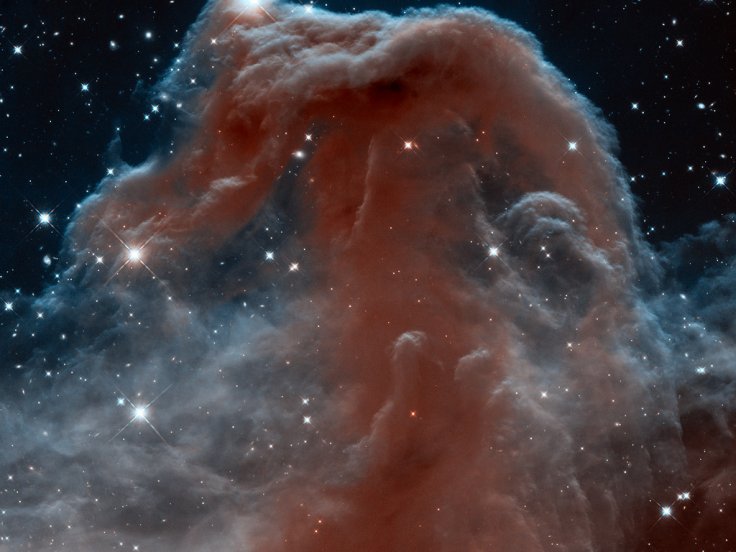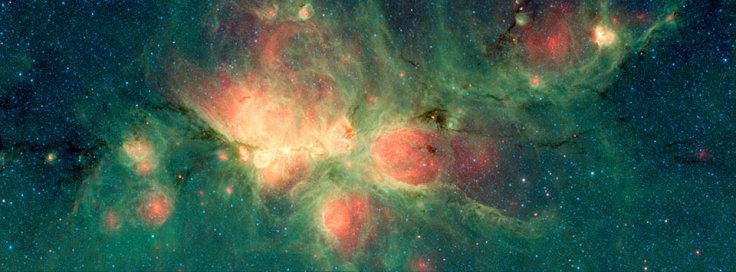The Hubble Space Telescope, which is operated by NASA and the European Space Agency (ESA), snapped a photo of a creepy cosmic structure in space that looks like the head of a horse. The agencies explained that this nebula's shape was formed following the collapse of the cosmic clouds surrounding it.
The subject of the Hubble Space Telescope's photo is called the Horsehead Nebula, which is also known as Barnard 33. It is classified as a dark nebula sitting in the constellation Orion. The Horsehead Nebula is estimated to be about 1,400 light-years from Earth's neighborhood.

Sculpting The Horsehead Nebula
The nebula's eerie shape, which resembles the head of a horse floating in space, was sculpted by its surroundings. It's main structure or shape was formed after the cloud of gas, dust and other materials around it collapsed due to natural forces such as radiation and stellar winds.
Through the Hubble Space Telescope's infrared imaging capabilities, the Horsehead Nebula's reddish glow becomes visible. This is caused by the light emitted by a nearby nebula known as IC 434. Around Barnard 33 are bluish-colored clouds, which became apparent due to the infrared light produced by a nearby young star.

Death Of The Horsehead Nebula
According to the ESA, the Horsehead Nebula was able to maintain its overall shape because it is made of sturdier materials than the clouds surrounding it. However, the agency noted that this does not automatically mean that the Horsehead Nebula will remain as a permanent fixture in space.
Like the clouds around it, the nebula will eventually collapse. The ESA estimated that this might happen in a couple of million years from now.
"The gas clouds surrounding the Horsehead have already dissipated, but the jutting pillar is made of stronger stuff — thick clumps of material — that is harder to erode," the ESA explained in a statement. "Astronomers estimate that the Horsehead formation has about five million years left before it too disintegrates."








